A foreigner’s impressions on school visits in Turku
Magdalena Szyszka
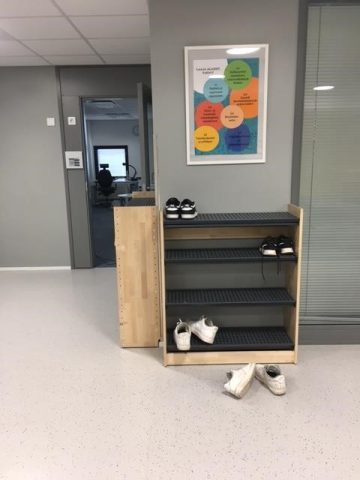
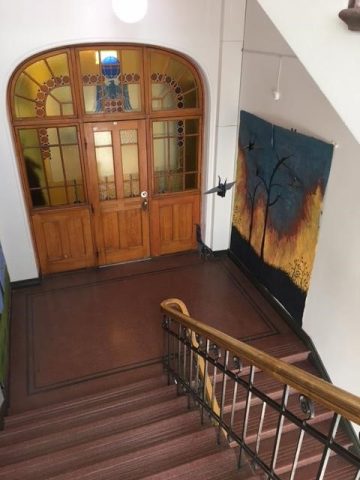
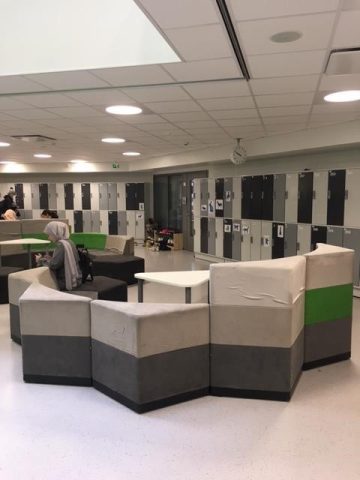

A hotel room overlooking a school yard seems to be a perfect place for starting a blog post on schools in Finland from the perspective of a visiting foreigner. The book “Finland: 100 years of success”, which hailed me from a hotel bookshelf, additionally inspired me to finally translate my recent experiences of two school visits in Turku into a blog post. Actually, the following quote from the book seems to be a perfect starting point:
Finland’s education system is one of our society’s most important cornerstones, respected at home and abroad (Kekola, 2017, p. 218).
With these ideas constantly invading my mind of an EFL teacher, teacher trainer and researcher, I set the goal to explore the phenomenon of Finnish education system as soon as my research visit to Turku had been confirmed. Luckily enough, my calls for school visits were confirmed by two teachers*, who kindly agreed to host me and chat about their institutions: Puolalanmäen Lukio and Turun Normaalikoulu. Two days spent in two different schools form the core of my very subjective ideas, which cannot and even should not be interpreted as a comprehensive account of how the Finnish education system works. My intention was merely to experience, observe, and get impressions, which I framed into three themes:
Impression 1 – “Choice” is the buzz word
While chatting with school teachers in the school canteen at lunch time, one of them asked me how I would summarize that visit. At that point, I realized that the response might be included in a short word – choice – understood from the perspective of a learner and a teacher. Earlier on that day, I talked to a few high school students and I learnt from them that, apart from the core courses associated with their concentration areas, they could additionally select from an array of elective courses offered by the school. I observed one of them – the English-speaking class – but the list was impressive: social science, philosophy, health science, ethics, psychology, to mention a few. I could also see that these young people had a free choice to take lesson notes either in their paper copy books or laptops, provided by the school (see Impression 3). On a different occasion, they could choose peers to work with on the project, place and location to complete their tasks (inside or outside the classroom) and even the topic for a debate they had to prepare (though it had to be approved by the teacher). The choices reported by the students and observed during the lessons attracted my attention because, in my opinion, they are indispensable to transform people into responsible, motivated and autonomous learners, ready and open to take on a life-long learning approach. The perspective of a teacher also abounded with a number of choices. Teachers reported that they had freedom to choose not only the coursebooks, but also sets of teaching materials that would fit their group best. This was visible in the observed lessons, during which teachers frequently included authentic materials, selected coursebook tasks at different levels of difficulty and organized online quizzes.
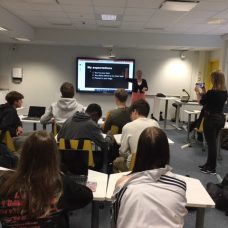
Impression 2 – Active listening to motivate
Active listening involves giving undivided attention to the speaker. During my lesson observations, learners played the role of the speakers who are actively attended to. However, these were not only teachers who actively listened to the needs of their students, I would also place the coursebook writers and designers in this group. Having browsed through a few course books, such as On Track, Spotlight or Level Up 7, I noticed that the content reflected the interests of adolescents, raised current environmental and social issues, made clear references to Finnish culture and linked it to an array of English-speaking countries. These were the course books designed and written for Finnish learners of English, not just anybody in the world learning English, tackling both local and global aspects of life. Additionally, in the recorded tasks, a number of English accents were promoted, not just one or two. On top of that, I was informed by the teacher that e-books are supplemented with a bulk of materials, for instance, three texts along with sets of tasks at various levels of difficulty (marked with asterisks) that covered one topic. This was the teacher’s decision which one would suit best the group she was teaching. In my opinion, a teacher must be skillful in active listening to the needs of the students to make informed choices on the coursebook materials, which are provided in abundance. Concluding, course book writers listen to teachers and learners and, in consequence, offer products of high quality and quantity; teachers listen to learners to discover their needs and select or adapt best tailored teaching materials for teaching; finally, learners feel listened and attended to, at least most of those I encountered at these two high schools in Turku.
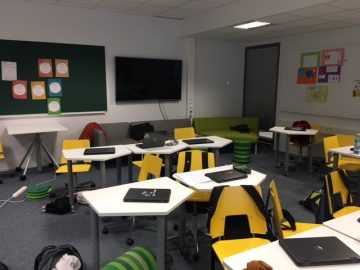
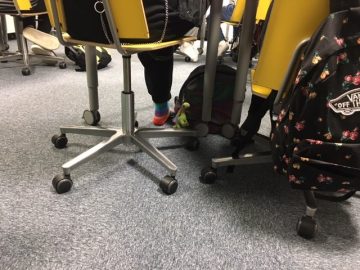
Impression 3 – Omnipresence of multimedia
My impressionistic blog post would not be complete without admitting that the classrooms I saw and the lessons I observed were packed with technology. Not one, but usually two multimedia boards were displayed on different walls of the classrooms. Students in their first and second year of high school were equipped with laptops, provided by the high school, with free access to e-books, e-materials, online platforms and systems, such as Socrative, Wilma, Zoom, and Moodle. My feeling was that some sort of second, virtual life was going on in the classrooms I watched, and that I only had the access to a surface interface or a demo version. Not a single lesson I observed was conducted without multimedia support! The lesson outlines were displayed on the multimedia boards, teachers engaged learners in online quizzes, used short authentic videos to initiate the lesson topics or classroom discussions, encouraged students to complete e-coursebook tasks, whose degree of performance was monitored online and eventually the outcomes were displayed anonymously on the board. All these technologically-enhanced teaching aids, however, would not have served the purpose if they had not been applied effectively by skillful teachers. Definitely, this human element is crucial for the ultimate success.
These three themes – choice, active listening and omnipresence of multimedia – form a tripartite framework contributing to my better understanding of the phenomenon of Finnish schools. However, these impressions are just brief encounters with a tip of an iceberg, perceived by a foreigner passing by a giant system of education in Finland. There is still so much to discover!
Reference
Kekola, Antti (Ed) (2017). Finland: 100 years of success. Porvoo: Kirjakaari Oy.
* I would like to thank Katariina Einala and Jenna Salminen, two wonderful teachers, for organizing and hosting me at their schools, as well as Venla Eirola and Pekka Lintunen for making these visits possible.
